Who designs streets? For who? Which criteria? Who takes part? Is it sane, nice, accessible, public? Which ages shall we focus its design on? 0, 1, 3, 6, 12, 14, 18, 33, 40, 50, 64, 72, 80, 100…? Can it be remodeled in just 4h?
Join this urban innovation activity at the forthcoming International Student Congress, 13th edition, where you will be able to participate in very different workshops. We reproduce here the presentation that professor José Luis Gisbert has created for this workshop, and we invite you to join:

Daily walking to the ESET through Saint Bartolomé Street. I like to walk on the asphalt -when no car is coming- jaywalking while listening my steps up to my destination.
Finally my lucky situation finished, leaving through car parking band space, just came back on a narrow sidewalk. Then I access, traversing the threshold of the school.
It has been brief, my ears would have warned about whatever motorized vehicle. I’ve been lucky, no one has prevented me from walking freely for a few seconds.
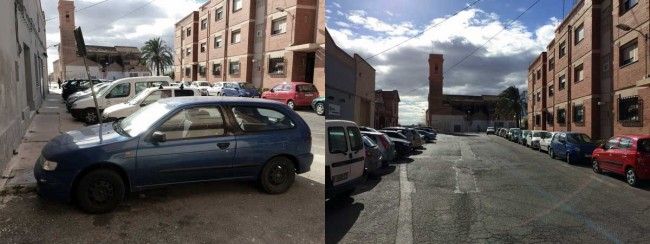
I wonder how it would be, if exiting to the street were always possible with no danger neither expectation of being hit. I tell my friends, each of them studies different things but we meet every Friday’s evening.
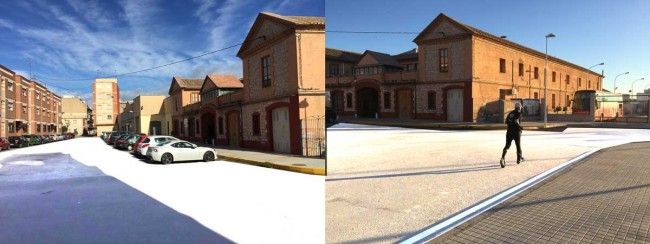
Walking is healthy, not only because of body activity but, it allows you to think, to stroll while talking with someone. Besides that, it is possible to meet someone familiar or, someone to know.
Diverse soundscape happens when there’s no traffic, from birds tweets to nearby buildings soft sounds, someone walking steps, even mines.
Recording street sounds is difficult if you want to avoid car traffic presence, even in the most lost alley it interrupts my attempts, there is no continuity. Don’t try it, except inside a park.

“Passing through” has higher priority than being in a place, or linger. Cars over persons, not possible to find this “right” in any law.
City architects could have not noticed it, but kids are the main affected ones. Time ago they usually played in streets, free, nowadays they are confined to green spaces, where available.
It is also hard to walk your dog in summer without shade trees, sterile, no life, no permeability, and no soil gardened areas. I wonder many times if the city is as a wrapped gift, with layers protecting the outside from the inside without any reason.
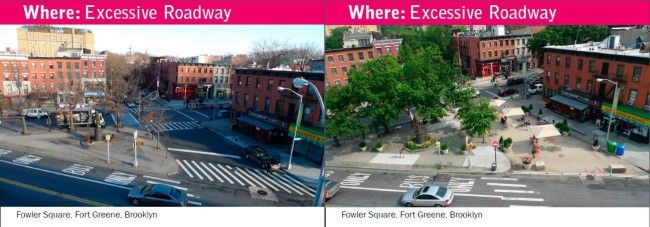
City traffic point of view has overpassed boundaries of common sense, reducing street concept to a simple task of passing through and parking space without any other amenities. Nowadays we know what to do, focusing on people first, recovering its leading role as citizens in terms of design. This is starting to happen at some places around the world. New York City has been working on it since 2006, transforming roadway areas into public spaces where you can sit, linger, stay in… Talking about squares, does it interest you?
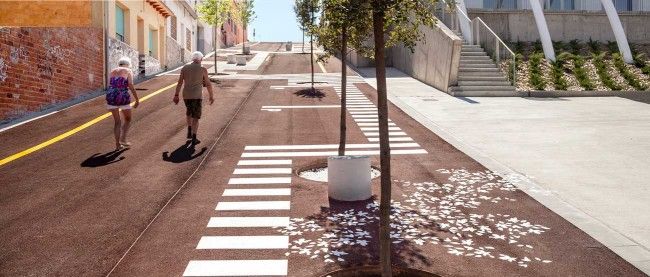
You like streets that accept you, make room for you to walk, to sit and rest, to protect you from sun light, or take a sun bath. Places where a shop works because people do walk the street, streets of the 21st Century.
Join and help us design this street, or a square, through everyone’s workshop participation where your opinion counts as a citizen, and your vision as a student in progress (from your learning area) counts for much.
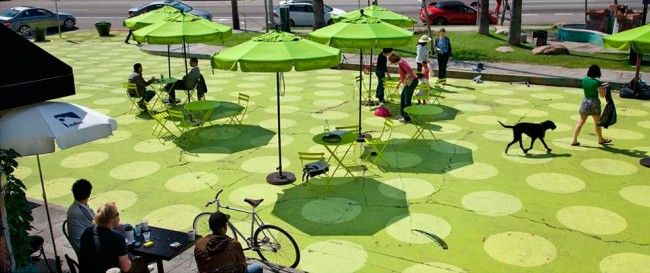
And it will happen, with your help and more ingredients: paint, benches, creativity and common-sense.
So think, disagree, discuss, propose, design, draw, paint, test and enjoy San Bartolomé 47A78 or, is it a square? It depends on you.
Links
Plaza Pizarro TEST 22 May 2015 by EFGarquitectura with the essential collaboration of Architecture’s students from Escuela Superior de Enseñanzas Técnicas of the CEU Cardenal Herrera University.
More awards worldwide.
In cooperation with
Ajuntament d’Alfara del Patriarca
Text by José Luis Gisbert, professor of Urbanism.





























